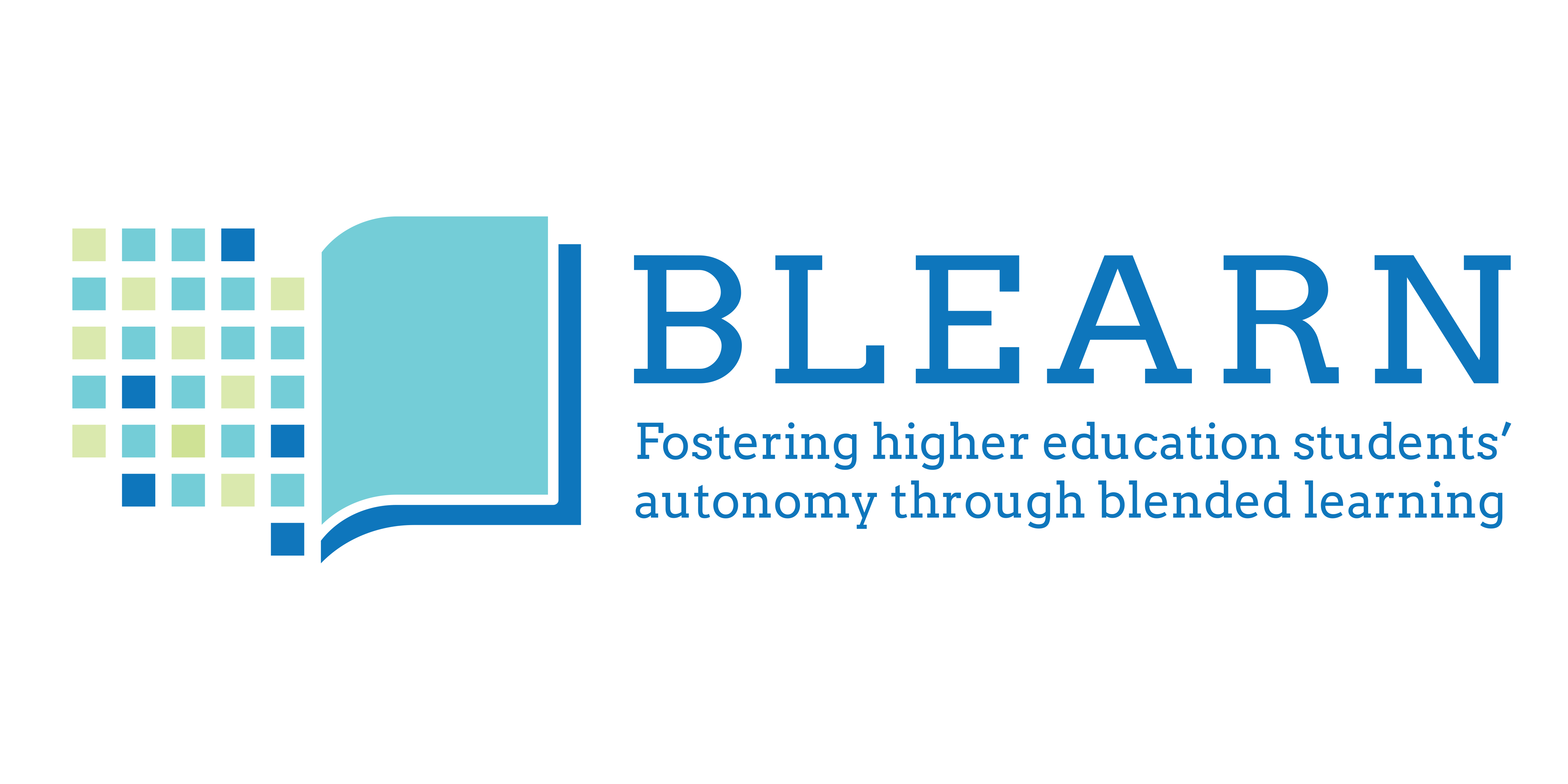
Students view
Guidelines to propose and conduct interviews and oral reflections
Students will be invited to participate giving their view by recording an oral reflection, writing it or through an interview.
In this process, there are two different roles:


Teachers
Interviewers
Interviewers will be resonsible of agreeing meetings with the students having accepted to participate, they will conduct the agreed interviews and will provide a brief report. The interviews must be recorded for later analysis. In case the language used in the interview is not English, Catalan or Spanish, interviewers must also ease the analysis at least providing a transcript translated to English.
Instructions for teachers
Instructions for interviewers
 How to present the tools?
How to present the tools?
Present the project during a lecture, seminar or other teaching activities. As they already were invited to the questionnaires, you can explain that a new phase is held, more creative and interactive.
Do not link the reflection to a specific activity of the course (e.g. entries in a digital journal), because we need this data gathering to be independent, yet related to your course. If students know teachers will reach their reflections, there is risk to get biased opinions. You can also introduce that anyway ther views will be analysed only after closing the grades.
Insist on the voluntarity to do this activity and the fact that confidenciality will be preserved.
 Boost participation
Boost participation
Then invite students to read further information and start the arrangement of the meeting or their choice on this site: https://sites.google.com/view/blearn-autonomy/students-view (At the bottom they can switch to Catalan / Spanish).
In this page students will find a form to express their willingness to participate.
 How to choose interviewers?
How to choose interviewers?
Teachers must not interview their students. These interviews must be confidential. Thus, an external interviewer will do so.
Students will notify willingness to participate in the interview using navigating through the previous link. Once we have this information, we will contact you to inform how many interviews are to be done in your subject and to agree who will act as interviewer.
 That’s all?
That’s all?
Yeap. Teachers don’t need to worry about anything else.
You can not know the identity of the responses (confidenciality!), but after transcribing and analysing the students views, you can get the information anonymised.
 Who interviews?
Who interviews?
The interviewer must not be the teacher of the subject or course to guarantee confidenciality.
Interviewers can be teachers from other courses. Prefearably, they should not know the interviewees.
In case some university previews difficulties to guarantee confidenciality in the interviews, you can contact the research team and a person from the UAB or another university will help (in English or Spanish). Contact blearn.autonomy@uab.cat
Anyway, we will contact teachers after receiving students choice
 When?
When?
Students will fill the form showing willingness to participate. Then, the research team will inform you about the list of candidates and how to reach them.
Make an individual appointment with them.
 Where?
Where?
You must agree with them where. Interviews should be done in a common teaching setting (e.g. Q&A session after a lecture, tutorial, virtual classroom, …); there is no restriction.
 How many interviews?
How many interviews?
Interviews are voluntary and students must consent. For this reason we cannot ask for a minimum, but the more contributions we have, the better. Encourage them to answer! At least five or six per course would be necessary.
 During how long?
During how long?
Allow students to express themselves during the needed time. They are said the interview lasts about 15 minutes, try not taking much more time.
 Flow chart
Flow chart

How to conduct the interviews?
The day of the interview, you will…
1. Meet the student at the time and place agreed.
2. Ask them to accept the online informed consent: https://blearn-autonomy.eu/informed-consent/
3. Ask permission to record the interview (videorecording or audiorecording). Start recording. In case the student doesn’t give permission, you could proceed anyway and take notes, but information could be missed, so try always recording it.
4. Proceed as in a normal interview. Ask the questions in the language of the course or the language in which the student feels confortable. Listen them rather to talk (just read the questions).
5. Please, at the end of the interview write a 100- words report of the interview where you highlight at least the following issues:
(1) did the questions make sense? and
(2) how long did the interview take?
6. Send the recordings and all the information to the research coordination (not to the teacher of the course): blearn.autonomy@uab.cat
